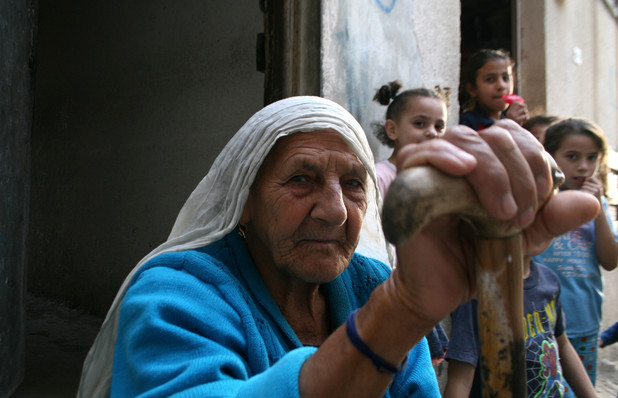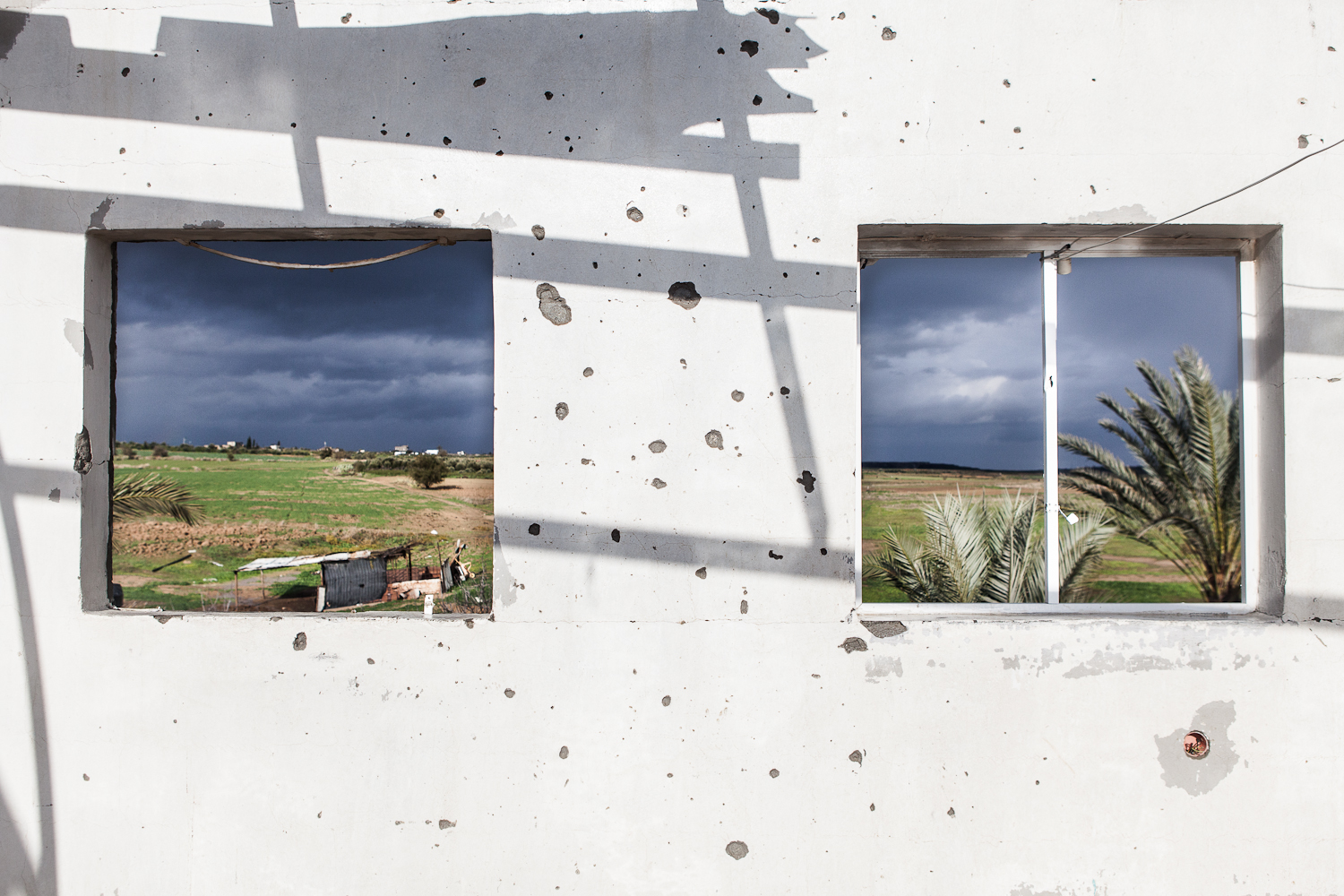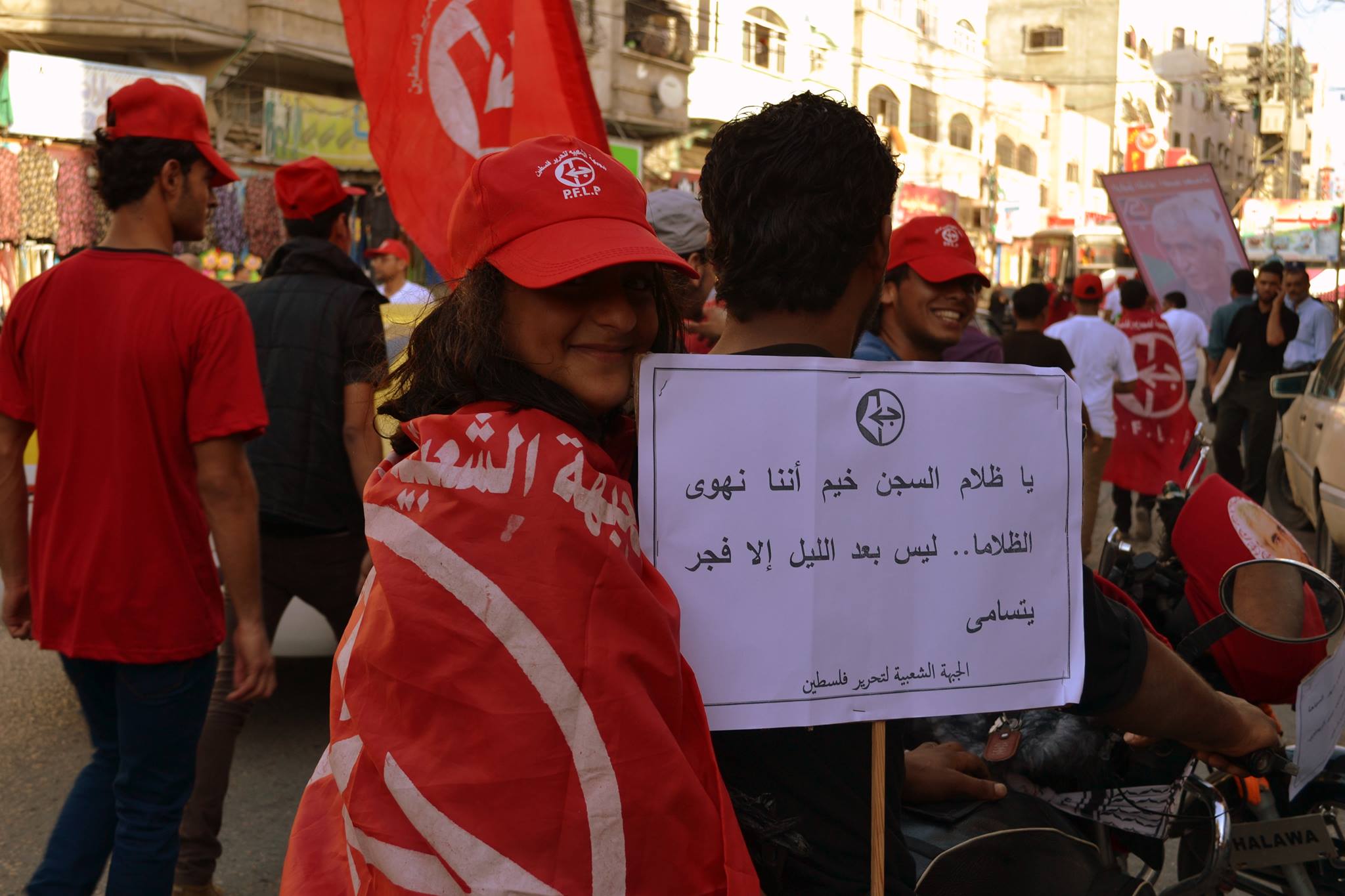Category: Gaza
-
Gaza researchers determined to record Nakba generation before time runs out
28th October 2013 | The Electronic Intifada, Joe Catron | Gaza City, Occupied Palestine Tucked into a quiet basement suite in the main building of the immaculate Islamic University of Gaza campus, the Oral History Center could at first be mistaken for a bursar or registrar’s office. But its stacks of metal filing cabinets may contain more memories…
-
In Gaza, hundreds of miles from the battlefield
28th October 2013 | International Solidarity Movement, Charlie Andreasson | Gaza, Occupied Palestine Drones fly over rooftops at night, awakening peoples’ memories. They may only patrol, or carry deadly cargo with them. F-16 planes draws streaks across the sky. Here on the ground, no one knows what order the pilot has for the day. Tanks raid…
-
Video and photos: March for Ahmad Sa’adat and all Palestinian prisoners, Gaza
23rd October 2013 | International Solidarity Movement, Rosa Schiano | Gaza, Occupied Palestine A march in solidarity with Ahmad Sa’adat and all the Palestinian political prisoners in Israeli jails, Gaza City, 22 October 2013.



